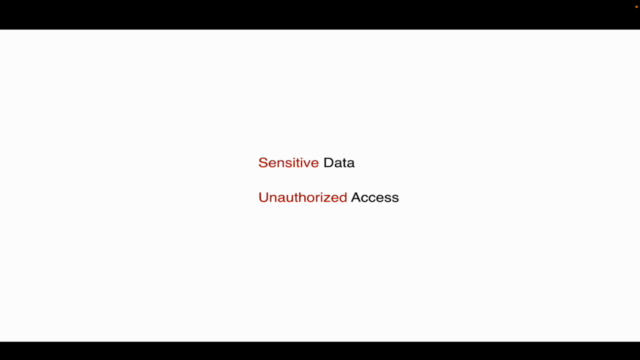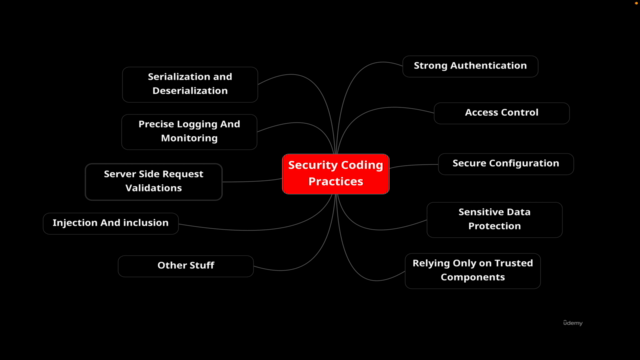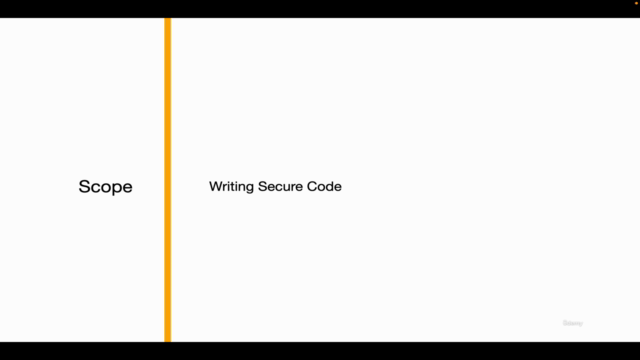Secure Coding and Design Best Practices in NodeJs JavaScript

Why take this course?
Secure Coding in JavaScript with Design Principles and Practice - Essential for PCI-DSS Compliance
Course Headline: Secure Coding and Design Best Practices in NodeJs JavaScript for Robust Security
Course Description:
-
OnBoarding: Get started with the foundational concepts and tools necessary for secure coding in Node.js.
-
Introduction to Secure Coding: Understand the importance of secure coding and its impact on the integrity and confidentiality of data.
-
Secure Design Principles: Learn how to design applications with security in mind, from the architecture to the user interface.
-
Understanding the RISKS: Identify common vulnerabilities and threats that your Node.js applications could face.
-
Security Management: Implement robust security practices throughout the software development lifecycle to ensure compliance with standards like PCI-DSS.
-
Summary: Recap the key takeaways from the course and how they can be applied in real-world scenarios.
-
Appendix: Additional resources, tools, and reference materials to support your secure coding journey.
Why Secure Coding Matters:
-
Compliance with Standards: Learn how to write code that complies with security standards like PCI DSS, which is crucial for financial applications.
-
Protecting Sensitive Data: Understand the importance of protecting user data and maintaining trust in your applications.
-
Preventing Cyber Attacks: Equip yourself with the knowledge to prevent common attacks such as SQL injection, cross-site scripting (XSS), and more.
-
Staying Ahead of Threats: Keep up with the evolving security landscape and understand how to adapt your coding practices to address new vulnerabilities.
-
Enhancing Application Lifecycle: Ensure that your applications remain secure throughout their lifecycle, from development through deployment and maintenance.
Challenges in Achieving Code Security:
-
Lack of Knowledge: Overcome the hurdle of insufficient understanding of secure coding practices.
-
Limited Resources: Learn to work within constraints and implement cost-effective security measures.
-
Time Constraints: Balance the need for speed with the necessity for thorough security testing.
-
Evolving Threats: Stay informed about the latest security threats and how to protect your applications against them.
-
Compatibility Issues: Find solutions to potential conflicts between secure coding practices and other system requirements.
Join this course to equip yourself with the knowledge and skills to write secure Node.js JavaScript code that not only functions well but also stands up to the toughest security challenges. 🛡️
By the end of this course, you will have a comprehensive understanding of secure coding practices in NodeJs JavaScript, enabling you to design and implement applications with robust security features. You'll be equipped to handle common vulnerabilities, ensure compliance with industry standards like PCI DSS, and most importantly, protect your users' data. Don't let security be an afterthought—make it a core component of your development process from day one! 🚀
Enroll Now to Secure Your Code and Build Confidence in Your Applications' Security Posture! 💫
Course Gallery




Loading charts...